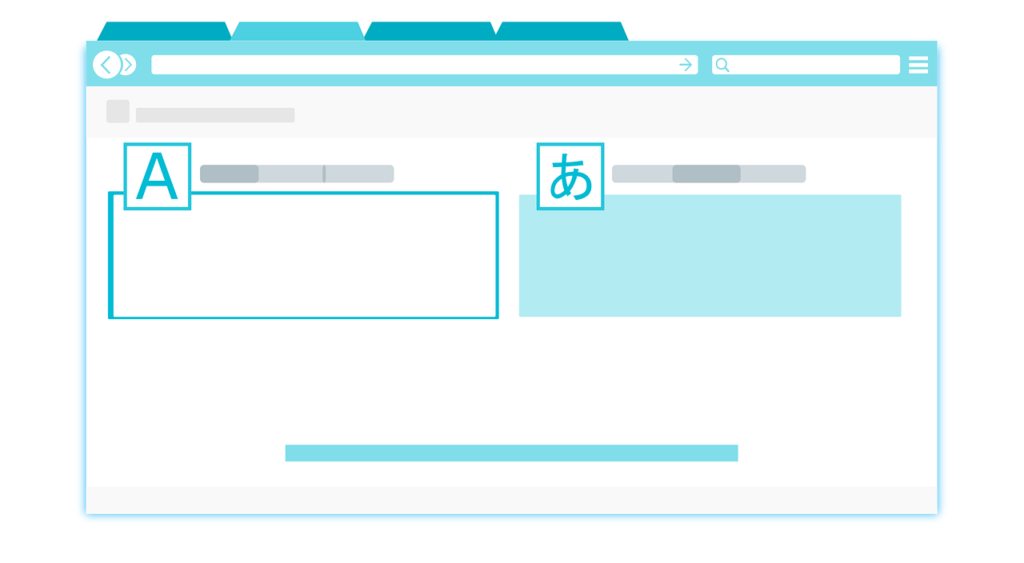
A Brief Primer On Multilingual SEO & Localization In 2022
Posts by Alan TaylorMarch 12, 2024
SEO is critical for every business. It involves changing a site’s content to ensure it ranks high in SERPs.
While you could have done a great job fine-tuning your site to rank locally, general SEO optimization may not work best for you if you want to go global. Your website must be optimized for multilingual SEO and is localized to the geographical regions you intend to reach.
If you have gone global recently or intend to do so, this brief primer on SEO and localization can give you an idea of what you need to succeed.
What Are Localization and Multilingual SEO?
Localization is the process of fine-tuning your site to match the audience of the geographical region you intend to reach. It involves translating content, customizing a product to meet customer expectations, setting up local billing methods, etc.
Multilingual SEO involves fine-tuning your on-page and off-page SEO to rank high in search queries in the native language of the area you have ventured or are looking to venture into. For example, if your target is Mexico, you will first want to translate your content to rank in Spanish search queries.
Areas to Focus on for Multilingual SEO and Localization
Dedicated URLs
A URL is the part of a webpage that users see when they hover over a search engine result on Google. Also, it is one of the factors search engines consider when determining which sites to rank for a search query.
For these reasons, the URL becomes the first place you must look at when doing multilingual or localization SEO. The best approach to optimizing your URLs is letting every translated page have a URL optimized to a specific language and location.

This approach allows Google crawlers to effectively index and rank your pages or site in the target geographical location or language. For example, if your American URL is www.yoursitename.com, you should consider having www.yoursitename.com/fr/ as its French version.
Apply Hreflang Tags
Using hreflang annotations is an excellent way of letting Google identify the language used in a page and its target region. Hreflang tags are HTML attributes that specify a page’s language and geographical target.
These tags allow Google to choose the webpage version that best fits a user’s intent based on their location and preferred language. The more versions of a page you have, the more complicated the process of applying hreflang tags gets. But you can always use the help of online marketing agencies to get it done.
Collaborating With Locals
The dynamics of online marketing can vary significantly from geographical region to another. So, even when you could have nailed your marketing locally, the tricks you applied may not work in a different geographical region, making collaboration with locals imperative.
Collaboration with locals can help in several ways. They can help review your translations, give your business a local feel, and help you understand the market better.
Your SEO agency at home may not be as effective in another location as it is back home. So, you may consider working with SEO agencies with a deep understanding of local market trends. For example, these SEO experts in Dubai can help you navigate the Dubai market better than agencies from outside Dubai.
Translate Everything
Often website owners will translate their contest and leave the hidden parts of their websites untranslated. While you could still get some traffic through content optimization, you could miss a lot if you haven’t translated your site’s behind the scenes.

Examples of behind-the-scenes items you might want to translate are Meta Tag titles, metadata descriptions, contact pages, URLs, alt text for images, checkout pages, newsletter sign-up forms, and error messages.
Review Page Designs for the Different Language Versions
You probably made sure your web design looked perfect in your original language. For example, you could have ensured that your home page’s headline takes a single line for viewers using a desktop device.
Unfortunately, a translation can mean your design doesn’t look as perfect as you intended. This is primarily because there can be variations in spacing or wording, making the headline shorter for languages like Chinese or longer for others like German. Both variations can give your site an awkward appearance.
To avoid this problem, you will need to go through all your site’s versions and align the contents of your webpages to the design. Or better, you could use translation tools that allow you to have a preview of every version while translating to ensure you avoid getting into the problems in the first place.
